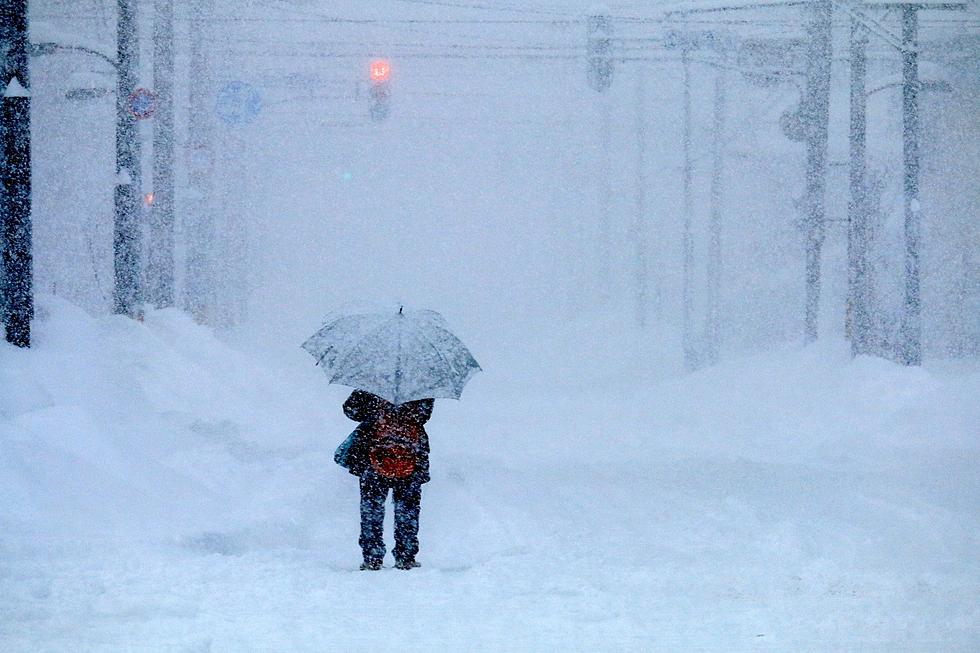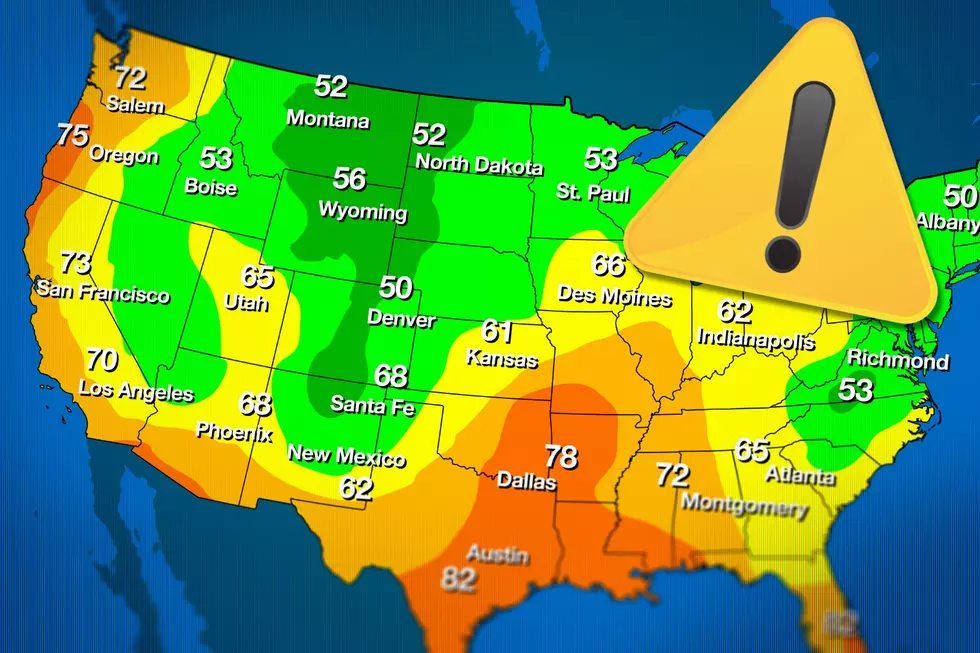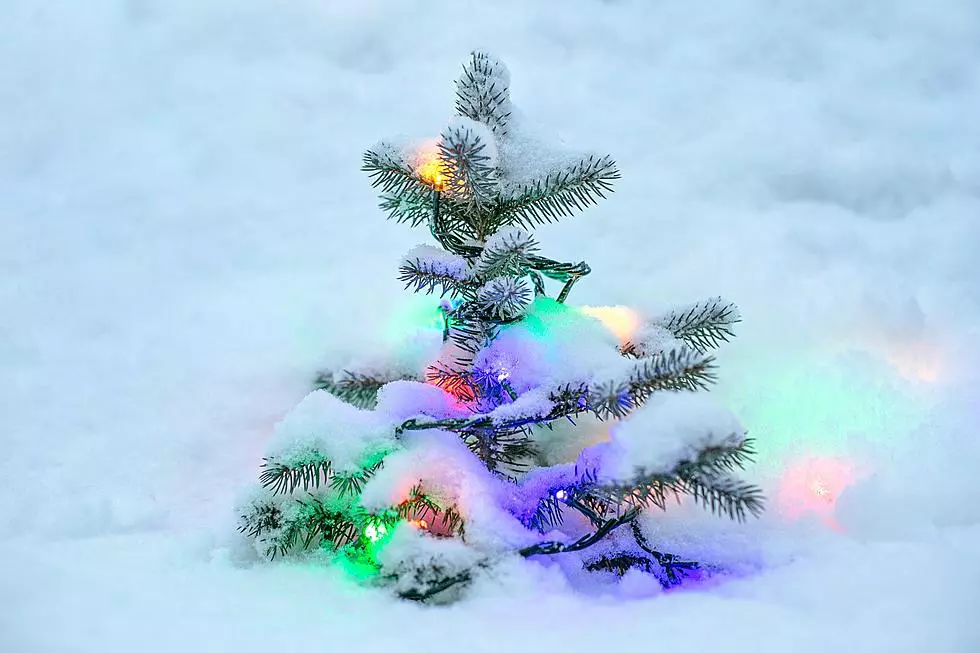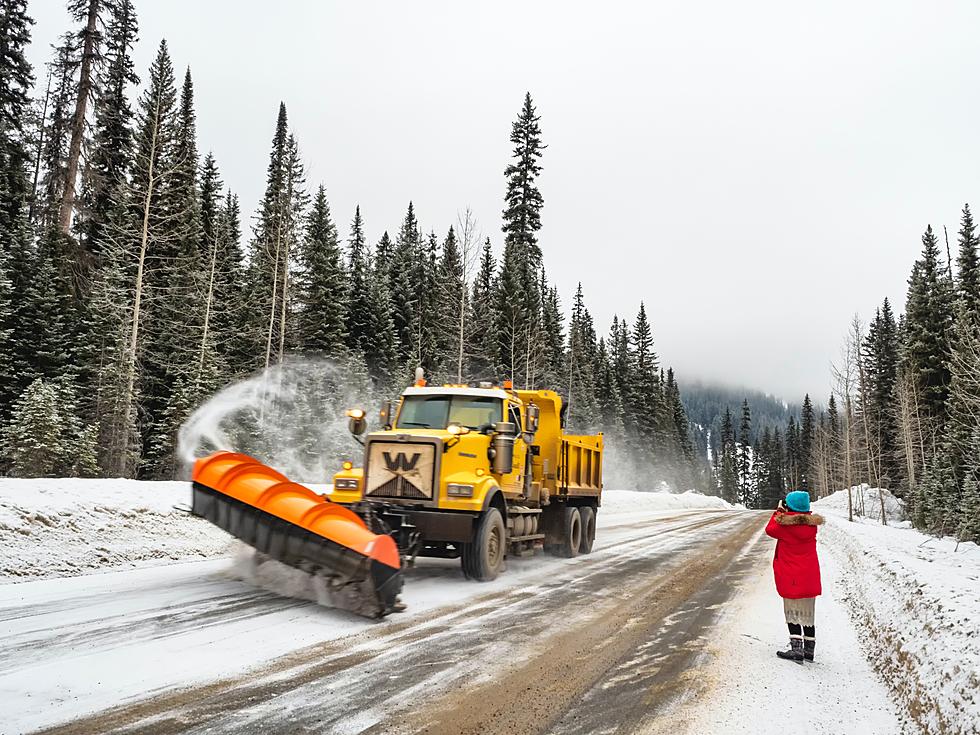
National Weather Service Issues Surprising New Winter Predictions for Boise
Say it ain’t snow! The National Weather Service has updated their long range winter forecast for Boise and depending on your tolerance level for snow, you may not love what’s on the way.
Any time we share the Farmer’s Almanac winter predictions, we get comments like “it says the same thing every year and it never happens.” We can’t help but laugh, because you’re usually not wrong. They always have some sort of catchy name for their winter forecast. Since 2016-2017, the year Boise affectionately knows as “Snowpocalypse,” some of the themed titles have been:
- 2016-2017: “Winter is Back”
- 2017-2018: “The Cold, the Dry, the Wet and the Wild”
- 2018-2019: “Teeth Chattering Cold Ahead”
- 2019-2020: “Polar Coaster Winter Ahead”
- 2020-2021: “The Winter of Great Divide”
- 2021-2022: “Frosty Flip-Flop Winter”
- 2022-2023: “Shake! Shiver! Shovel!”
- And most recently: “The Brrr is Back”
Because the headlines are cute, they go absolutely viral. People will act like it’s gospel, but just remember that the forecast is put together by a “weather prognosticator” who goes by a fake name and doesn’t share the formula they use to make the forecast. If you dig into that “Winter is Back” forecast from 2016-2017, you’ll notice that “Carl Weatherbee” predicted a “mild and stormy” winter for Boise. He was right about half of that. It sure was stormy, but it was anything but “mild.” We got 39.1 inches of snow that winter and people didn’t know what to do with themselves.

Those memories are still pretty fresh, so we understand the interest in long range forecasts. The Farmer’s Almanac isn’t the ONLY long-range forecast on the internet. The National Weather Service’s “Climate Prediction Center” updated its three-month outlook for December, January and February 2023-24, which covers “meteorological winter” on November 16. Here’s what things look like now.
Will Boise See a Frigid Winter?
There’s not a day where we’re not grateful for heated seats and autostarts, but the headlines that Boise will be “frigid” this winter are grossly exaggerated according to the NOAA’s updated forecast. The band representing the a 50-60% probability of above average temperatures crept up on us since August.
What does “average” look like? In case you missed our breakdown a few months ago, this is what historical data tells us.
Will Boise Experience Another Snowpocalypse?
If this were a Magic 8 Ball, you may have received a fortune of “Don’t Count On It.” While the band of green for above normal precipitation has moved quite a bit closer to Boise than it was during the initial forecast in August, Boise’s still showing equal chances of above or below normal precipitation. Basically, it’s anyone’s guess what will happen in our area. The biggest change between August and November? Now over half of the state is leaning toward below average precipitation.
What does “average” look like? Here’s a glimpse based on historical data.
What About El Nino?
El Nino is expected to have an impact on Winter in the Pacific Northwest this year and many people know that. When we shared an article about Boise’s typical first snowfall date, some folks claimed Boise didn’t see snow until January or February in El Nino years. We jumped into historical data on NOAA's website and discovered that the claim wasn’t exactly true.
In all the years that they’ve marked as an El Nino year, the latest first snow was on December 30 in 1958. If you look for the average first snowfall date for JUST the El Nino years, it is later than the average first snowfall date of November 22 but only by a matter of days. In El Nino years, the average first snow in Boise happens on November 26.
El Nino doesn’t guarantee a dry winter either. The wettest winter since 1940 was an El Nino Year. Weather records show that Boise had 6.75” inches of precipitation that winter. The recorded snowfall was 41.1”.
The snowiest winter on record in Boise? It wasn’t 2016-2017. It was 1951-1952, which was also an El Nino Year. Boise got 41.7” of snow that year.
That said, there have been some exceptionally dry El Nino years. Winter 2004-2005 was among the driest. It’s hard to believe, but we only had 2.8” of snow that entire winter!
It’s worth noting that long-range forecasts are tough to trust, no matter where they come from.
KEEP READING: 15 Wacky Winter Weather Facts To Help You Survive the Season in Boise
Gallery Credit: Michelle Heart
15 Signs Boise Could Be in For a Harsh, Unforgiving Winter
15 Incredible Things That Must Be On Your Idaho Winter Bucket List
Gallery Credit: Michelle Heart
More From 107.9 LITE FM









